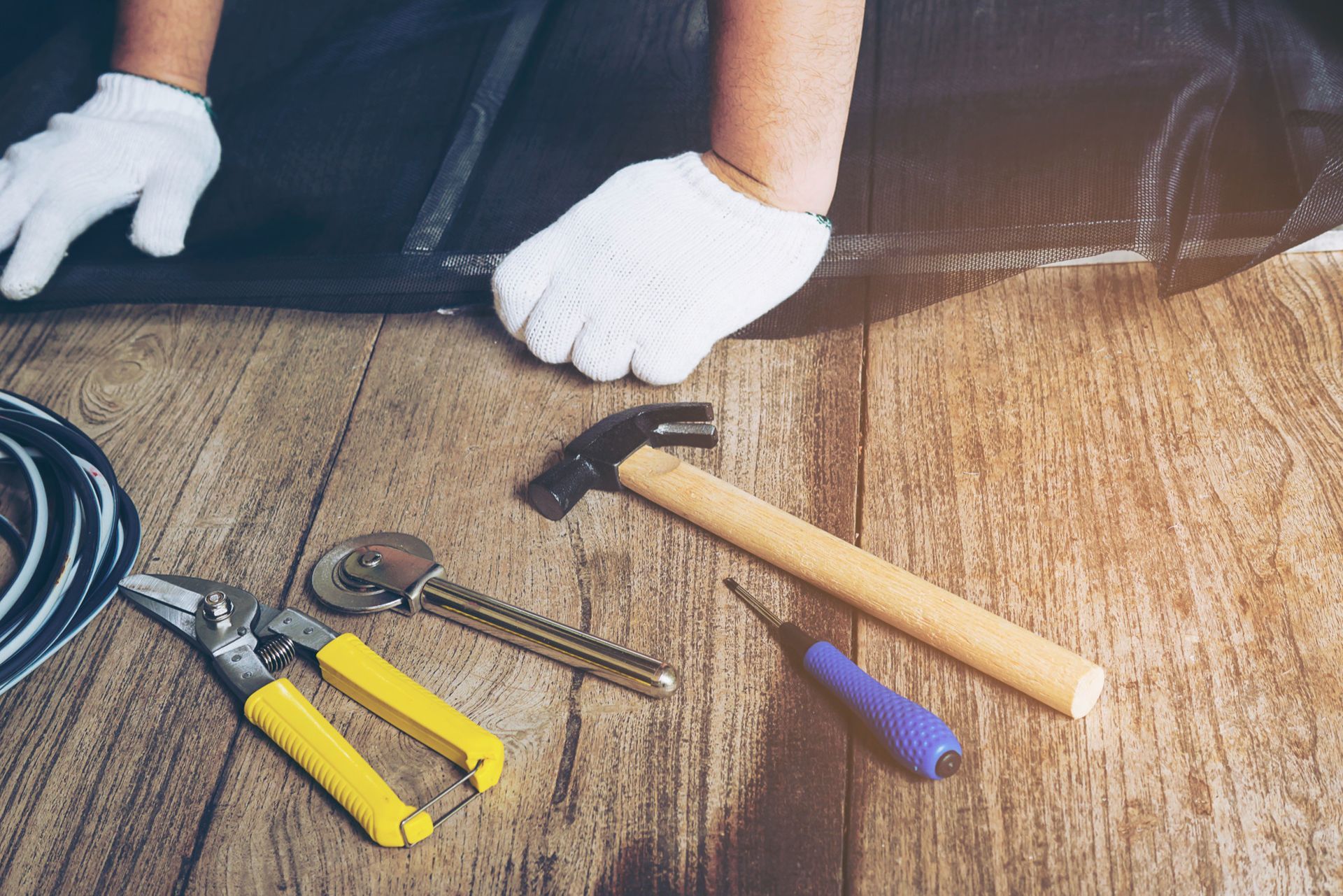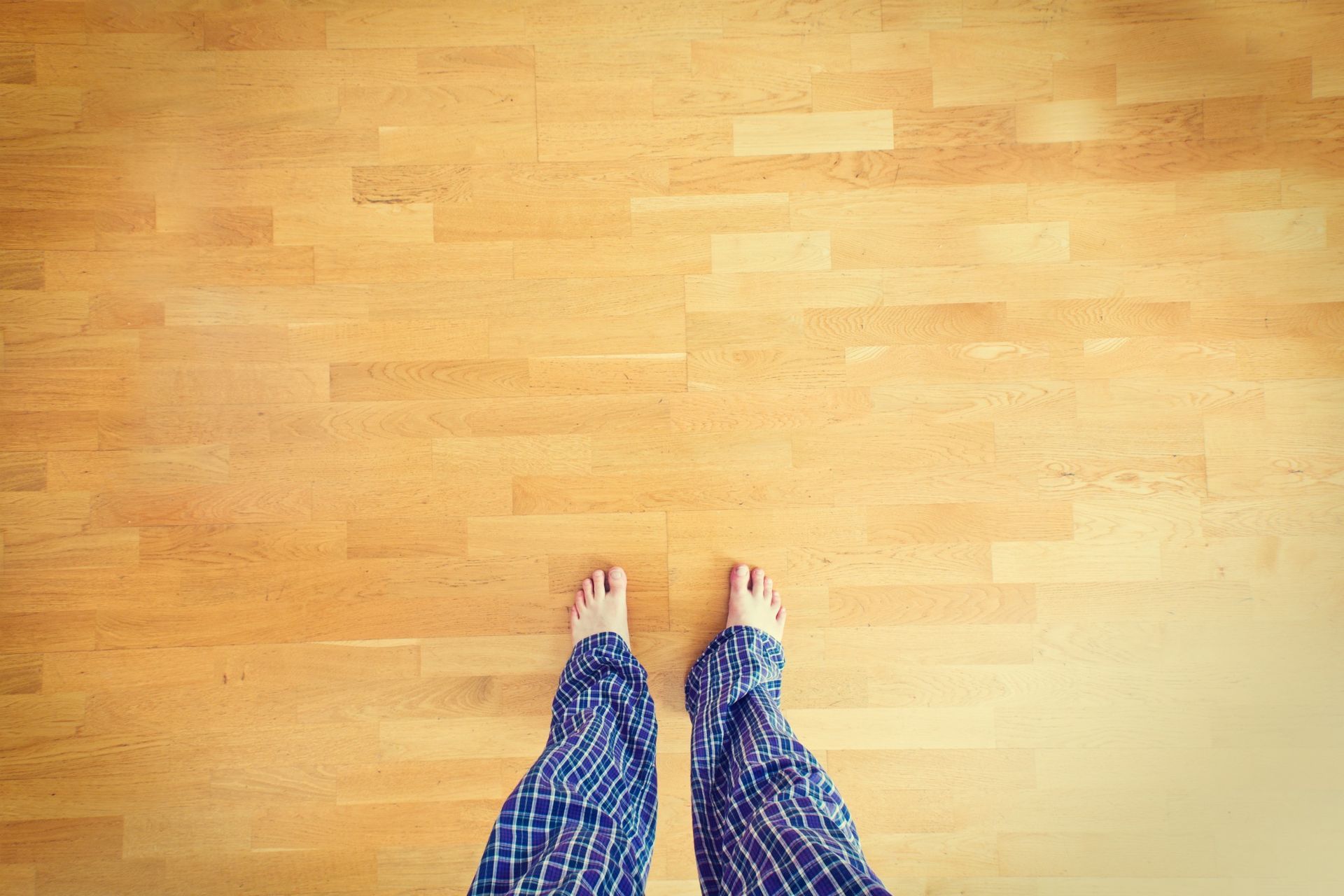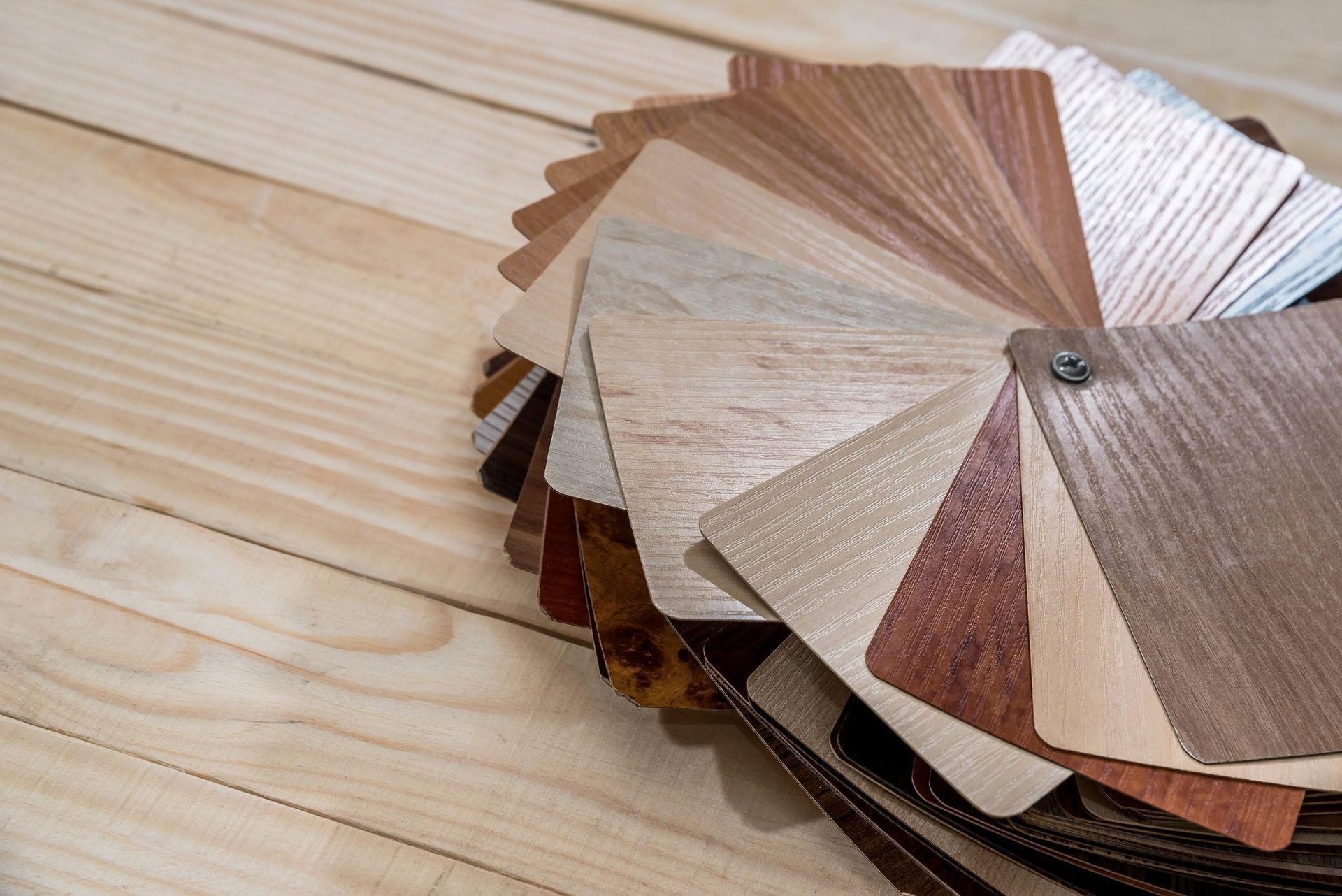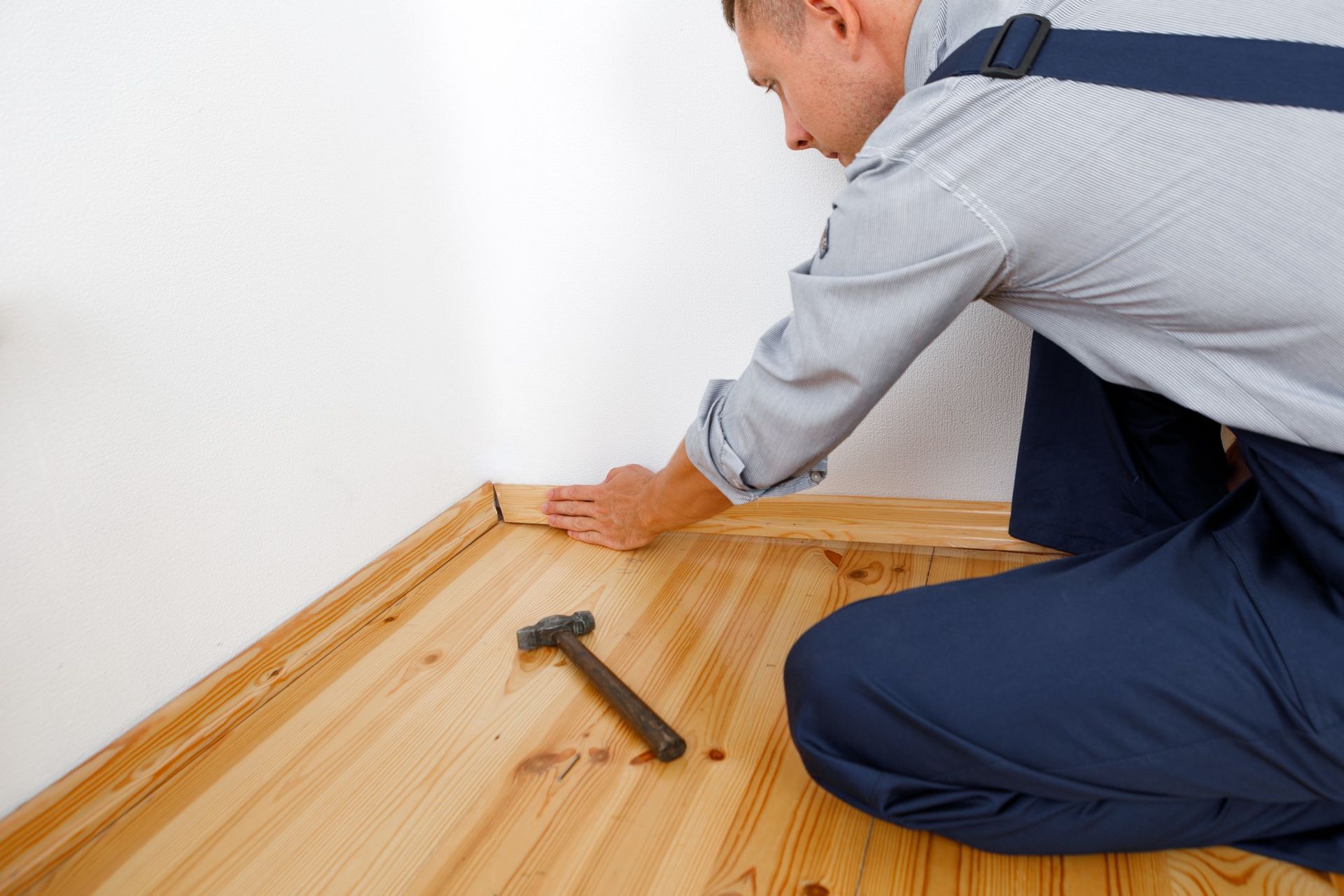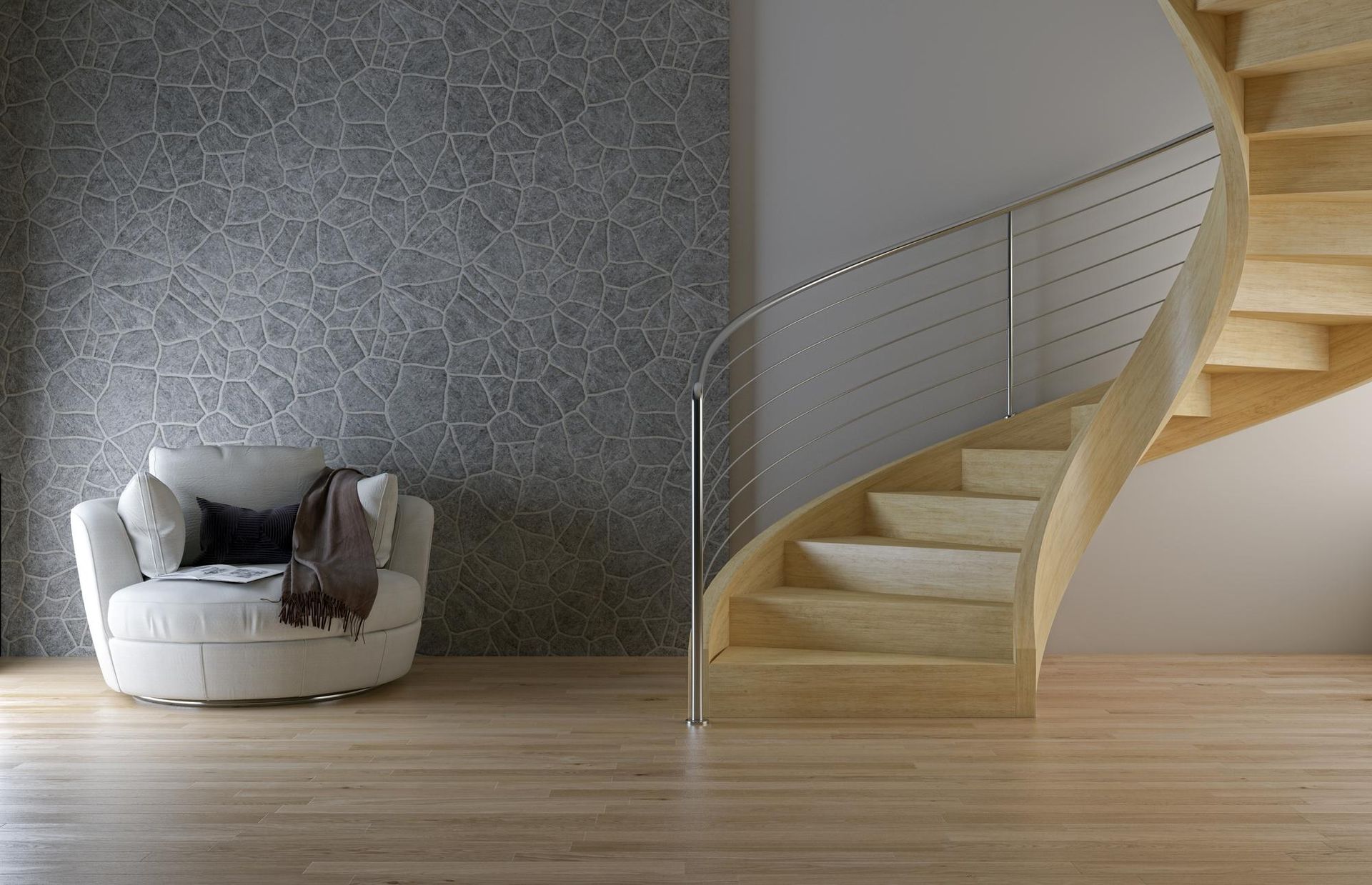GET A FREE QUOTE TODAY - CALL US (727) 518-9122
The Ultimate Guide to Hardwood Flooring: From Selection to Maintenance, Everything You Need to Know!
Welcome to our comprehensive guide to hardwood flooring! Whether you're considering installing hardwood floors in your home or looking for tips on how to maintain and care for your existing floors, this blog post has got you covered. From the selection process to maintenance and troubleshooting, we will walk you through everything you need to know about hardwood flooring.
In the first section, we will introduce you to the world of hardwood flooring. We will explain what hardwood flooring is, delve into its history and evolution, and discuss the benefits of choosing hardwood over other flooring options. Additionally, we will explore the different types of hardwood materials available and their unique characteristics. We will also highlight popular hardwood flooring species and their features, giving you a better understanding of the options available to you. Lastly, we will provide an overview of the installation process and important considerations to keep in mind.
Moving on to section two, we will guide you through the process of selecting the right hardwood flooring. We will discuss the factors to consider when choosing hardwood for different areas of your home, such as durability and moisture resistance. We will also help you determine the right wood species, color, and finish for your space. Furthermore, we will explain the significance of the Janka hardness scale in selecting hardwood flooring and explore different plank sizes and wood grain patterns. Lastly, we will address cost considerations and provide tips on budgeting for your hardwood flooring project.
In section three, we will focus on preparing for hardwood flooring installation. We will discuss the importance of evaluating the existing subfloor and making any necessary repairs or modifications. Additionally, we will explain the process of acclimating hardwood flooring to the environment and choosing the appropriate underlayment. We will also help you decide whether to
hire professional installation services or attempt a
DIY installation. Lastly, we will provide insights into the timeline and logistics of the installation process, ensuring you are well-prepared.
Section four will be dedicated to maintaining and caring for your hardwood flooring. We will provide you with daily cleaning routines and recommended products to keep your floors looking their best. We will also share preventative measures to protect your hardwood flooring from scratches, dents, and moisture. Additionally, we will address common issues such as scratches, stains, and fading, and guide you on how and when to refinish your hardwood floors. We will conclude this section with tips for extending the lifespan of your hardwood flooring.
Lastly, in section five, we will troubleshoot common problems related to hardwood flooring and provide solutions. We will address issues such as warping, cupping, and gapping, and guide you on how to prevent and fix them. We will also provide guidelines for moving furniture and heavy objects on hardwood flooring without causing damage. Lastly, we will answer frequently asked questions about hardwood flooring installation and maintenance, and provide recommended resources and tools for further information.
By the end of this blog post, you will have a comprehensive understanding of hardwood flooring, from the selection process to maintenance and troubleshooting. So, let's dive in and become hardwood flooring experts together!
Hardwood Flooring: An Introduction to Timeless Elegance
Hardwood flooring has long been revered for its timeless beauty, durability, and ability to transform any space into a warm and inviting haven. From grand estates to cozy cottages, hardwood floors have adorned homes for centuries, adding a touch of sophistication and elegance that other flooring options simply cannot match.
What is Hardwood Flooring?
At its core, hardwood flooring is a type of flooring made from real wood. Unlike laminate or vinyl, which mimic the look of wood, hardwood flooring is crafted from actual timber, providing an authentic and natural aesthetic. This distinction is what sets hardwood flooring apart and makes it a highly sought-after choice for homeowners and designers alike.
The History and Evolution of Hardwood Flooring
The origins of hardwood flooring can be traced back to ancient times when wooden planks were used to create sturdy and functional surfaces. In fact, evidence of early hardwood floors has been discovered in Egyptian tombs dating back to 3500 BC. These floors were crafted from locally available woods such as oak, cedar, and pine.
Throughout history, hardwood flooring has evolved in terms of design, craftsmanship, and materials used. In the 17th and 18th centuries, intricate parquet patterns became popular, showcasing the artistry and skill of craftsmen. As industrialization took hold in the 19th century, hardwood flooring became more accessible to the masses, with advancements in milling technology allowing for more efficient production.
Benefits of Choosing Hardwood Flooring
There are numerous reasons why hardwood flooring continues to be a preferred choice for homeowners. One of the significant advantages is its durability. When properly maintained, hardwood floors can last for generations, standing the test of time and retaining their beauty even after years of use. Additionally, hardwood flooring is easy to clean and maintain, requiring minimal effort to keep it looking its best.
Another benefit of hardwood flooring is its versatility. With a wide range of wood species, colors, and finishes available, homeowners have the freedom to choose a flooring option that suits their unique style and complements their interior design. Whether you prefer the rich warmth of mahogany, the timeless elegance of oak, or the contemporary charm of maple, there is a hardwood flooring option to suit every taste.
Furthermore, hardwood flooring offers excellent resale value. When it comes time to sell your home, potential buyers are often drawn to the allure of hardwood floors, recognizing the quality and value they add to a property. This can translate into a higher selling price and a more attractive listing overall.
Different Types of Hardwood Flooring Materials and Their Characteristics
When it comes to hardwood flooring, there is a wide variety of materials to choose from, each with its unique characteristics and aesthetic appeal. Let's explore some of the most popular options:
- Oak: Oak is one of the most common hardwood flooring materials. It is known for its durability, strength, and distinctive grain patterns. Oak flooring is available in both red and white varieties, with red oak offering a warm and inviting hue, while white oak provides a more neutral and versatile option.
- Maple: Maple hardwood flooring is highly sought after for its light and bright appearance. It boasts a smooth and even grain, lending a clean and contemporary look to any space. Maple is often chosen for modern interiors and spaces where a minimalist aesthetic is desired.
- Walnut: Walnut hardwood flooring exudes richness and elegance. Its deep, dark tones and swirling grain patterns create a luxurious and sophisticated atmosphere. Walnut is a softer wood compared to oak or maple, but with proper care, it can withstand daily wear and tear.
- Hickory: Hickory is a popular choice for those seeking a rustic or farmhouse-inspired look. It features a pronounced grain pattern and natural color variations that add character and charm to any room. Hickory is known for its durability, making it an excellent option for high-traffic areas.
- Cherry: Cherry hardwood flooring offers a timeless and classic appeal with its warm, reddish-brown tones. As cherry wood ages, it develops a rich patina, further enhancing its beauty and depth. Cherry flooring is often chosen for formal spaces or traditional interiors.
These are just a few examples of the many hardwood flooring materials available. Each wood species has its unique characteristics, such as hardness, color variations, and grain patterns. When selecting hardwood flooring, it's essential to consider not only the aesthetic appeal but also the durability and maintenance requirements of the material.
Conclusion
Installing hardwood flooring is a significant investment that requires careful planning and execution. While some homeowners may opt for a DIY approach, it is often recommended to hire professional installation services to ensure a seamless and long-lasting result. For residents in Largo, FL, Bell's Hardwood Flooring is a top recommendation for professional hardwood installation. Their dedication to precision and customer satisfaction is unmatched, and they can be reached at 727-518-9122 for inquiries and bookings.
The installation process typically involves the following steps:
Subfloor Evaluation: Before installing hardwood flooring, it is crucial to evaluate the existing subfloor. This involves checking for levelness, moisture issues, and any necessary repairs or modifications. Professionals like Bell's Hardwood Flooring can effectively determine the best way to prep your subfloor for the hardwood.
Acclimation:
Hardwood flooring needs to acclimate to the environment before installation. This allows the wood to adjust to the temperature and humidity of the space, minimizing the risk of warping or damage post-installation.
Underlayment Selection:
Depending on the type of hardwood flooring and the specific requirements of your space, an underlayment may be necessary. Underlayment helps to provide additional insulation, soundproofing, and moisture protection. Bell's Hardwood Flooring can guide homeowners in choosing the right underlayment for their specific needs.
Installation Method:
There are various installation methods available for hardwood flooring, including nail-down, glue-down, and floating. The method chosen will depend on factors such as the type of hardwood, subfloor, and personal preference. With their experience, Bell's Hardwood Flooring can recommend and execute the best installation method for your home.
Finishing Touches:
Once the hardwood flooring is installed, it is time to add the finishing touches. This may include sanding, staining, and applying a protective finish to enhance the beauty and longevity of the floors. Trusting professionals like Bell's Hardwood Flooring ensures that this final step brings out the best in your hardwood.
Throughout the installation process, it is essential to consider factors such as budget, timeline, and the expertise required for a successful installation. By choosing a dedicated service like Bell's Hardwood Flooring, homeowners can have peace of mind knowing their flooring installation is in expert hands, ensuring the
best results for their investment.
Quick Links
Hours of Operations
- Mon - Fri
- -
- Saturday
- -
- Sunday
- Closed
All Rights Reserved | Bell’s Hardwood Flooring
